How to wash a tent in a washing machine?
 It often happens that outdoor recreation does not end too smoothly. You have to get ready to go home in the rain, packing a wet and dirty tent and other things into the washing machine. Further, if the tent is not dried, it will soon begin to smell of dampness and mold, and on your next vacation it will be very unpleasant to be in such a tent. Many tourists have the idea of washing a tent in a washing machine; is it possible to do this or is it better to use other care methods? Let's talk about this in more detail.
It often happens that outdoor recreation does not end too smoothly. You have to get ready to go home in the rain, packing a wet and dirty tent and other things into the washing machine. Further, if the tent is not dried, it will soon begin to smell of dampness and mold, and on your next vacation it will be very unpleasant to be in such a tent. Many tourists have the idea of washing a tent in a washing machine; is it possible to do this or is it better to use other care methods? Let's talk about this in more detail.
What if the tent is dirty and smells?
If you unroll the tent and find that it is completely covered with dirt and smells unpleasant, you cannot do without a complete cleaning. At first glance, it seems that the simplest and most reliable method of cleaning in this case is washing. By washing the tent, you will get rid of the smell and wash away the dirt. But the trouble is, along with the dirt and smell, you risk washing away the protective layer - a special chemical impregnation, thanks to which the tent does not allow water to pass through and is not blown by the wind.
Tent manufacturers do not recommend washing their products or subjecting them to any intense mechanical stress to avoid damaging the protective layer. Experienced tourists are also skeptical about washing a tent, advising washing it only as a last resort. What about automatically washing the tent in the washing machine?
A good quality tent is quite capable of surviving one wash in the washing machine, if done correctly, of course. The maximum that it faces is the washing off of the protective impregnation on the folds of the fabric, but this is not a problem, it can be restored using a special spray.
Rules
How to properly machine wash a tent?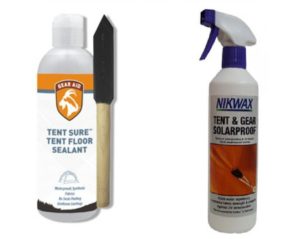
- Make sure that the tent fits into the washing machine drum and that its weight is less than or equal to the maximum load of the machine.
- Set up your tent somewhere clean, dry, like grass in your yard.
- Spray the tent fabric on one side first and rub it with a bar of laundry soap, then do the same procedure on the other side.
- Place the soap-rubbed tent without folding it into the drum of the washing machine.
- Set the washing mode without heating and spinning, and the drum should not rotate at a speed of more than 500 revolutions. Do not use powder and gel.
- Wait until the wash is finished, then remove the tent from the drum, let the water drain, and dry the tent. It is very important that the tent is completely dry.
- Carefully inspect the tent; all suspicious places should be treated with a spray that restores the protective layer of the fabric.
Important! Even a very high-quality tent can be machine washed only once or twice during its entire lifespan. If you wash it more often, it will most likely deteriorate and even the spray will not help.
Now let's figure out what compounds can restore the protection of a tent if you do damage it during washing. There are many options on the market, but there are only a few of the best formulations:
- Nikwax. One of the best impregnations for tents. It must be used carefully, away from
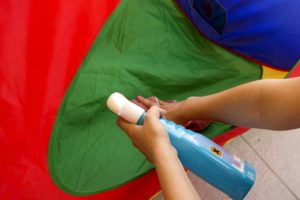 sources of open fire. Nikwax can be applied to the damaged area using either a spray bottle or a cloth or sponge. Using impregnation Nikwax can restore awnings, backpacks, overalls, jackets, gaiters and the like. The average cost is $7 for a 500 ml bottle, enough to saturate about 7 m2 material.
sources of open fire. Nikwax can be applied to the damaged area using either a spray bottle or a cloth or sponge. Using impregnation Nikwax can restore awnings, backpacks, overalls, jackets, gaiters and the like. The average cost is $7 for a 500 ml bottle, enough to saturate about 7 m2 material. - Mcnett tentsure. A very good impregnation for restoring damaged protective layers on tent fabric. Impregnation can be applied to damaged areas with a brush or small roller. The impregnation should be applied in a thin layer to the fabric, let the layer dry, and then apply a second layer and let it dry again. Do not apply impregnation in a thick layer - it is ineffective.
- Waterproofing spray. A universal silicone impregnation that is excellent for restoring tent fabric. The only negative is that the impregnation disappears quite quickly, and the capacity of the can is small - only 300 ml. It is enough to cover approximately 2 m2 damage. The average cost of a 300 ml can is $4.
Manually
You can either wash your tent in the machine very rarely or not at all. What should tourists who actively use a tent do, what should they do if the tent requires maintenance quite often? Experts advise resorting to dry cleaning or, as a last resort, hand washing.
Note! You need to wash your tent by hand very carefully and extremely rarely, about once every two or three tourist seasons.
If you want to save the item, it is better to do without washing at all, but if this is not possible, we will do the following.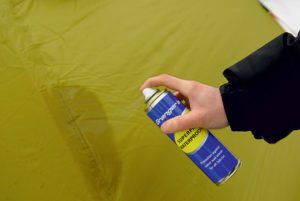
- We spread the tent on the grass.
- We water the tent with water, and then rub it with a piece of laundry soap without unnecessary mechanical impact.
- Then you need to use someone's help, one person will water the tent with water, while you rub it with a sponge.
- Next, turn the tent over to the other side and do the same, rub it with soap and wash it off along with the dirt.
- Dry the tent and then spray it thoroughly with anti-odor spray.
There are quite a lot of anti-odor sprays on sale; you can take any one, for example Toko Proff. It will rid the tent fabric of the smell of mold and laundry soap, but if such odors do not bother you, you can do without the spray. Also remember that washing a tent is not so bad; you still need to check its protective layer after washing and, if necessary, restore it.
Let's do without washing
If you care about the safety of your tent, it is better not to wash it, but to clean it. Dry cleaning without unnecessary mechanical impact is the safest, but it does not remove dirt and odor as much as washing. What should be done?
After a hike, a wet and dirty tent should be hung in a dry, ventilated place and allowed to dry thoroughly. The fabric of a good tent is covered with sun-protective and moisture-resistant impregnation, so you can dry it even in direct sunlight, but it is better if you find a shaded place for this.
So, the dry tent needs to be straightened and inspected. Dried dirt stains and debris should be brushed off using a very soft brush or cloth. If stains remain in several places, you can treat them with a sponge soaked in soapy water. After such procedures, the tent is thoroughly dried again and then put into the storage room until the next trip.
So, it is theoretically possible to wash a tent in a machine, and it may not suffer from just one wash. But you must remember that when you wash a tent, you are taking a big risk. Washing can damage the protective layer of the fabric, after which the tent will become unusable. So, decide for yourself whether to wash it or not; our advice is to wash it only as a last resort, after dry cleaning has failed. Good luck!
Interesting:
Reader comments
- Share your opinion - leave a comment




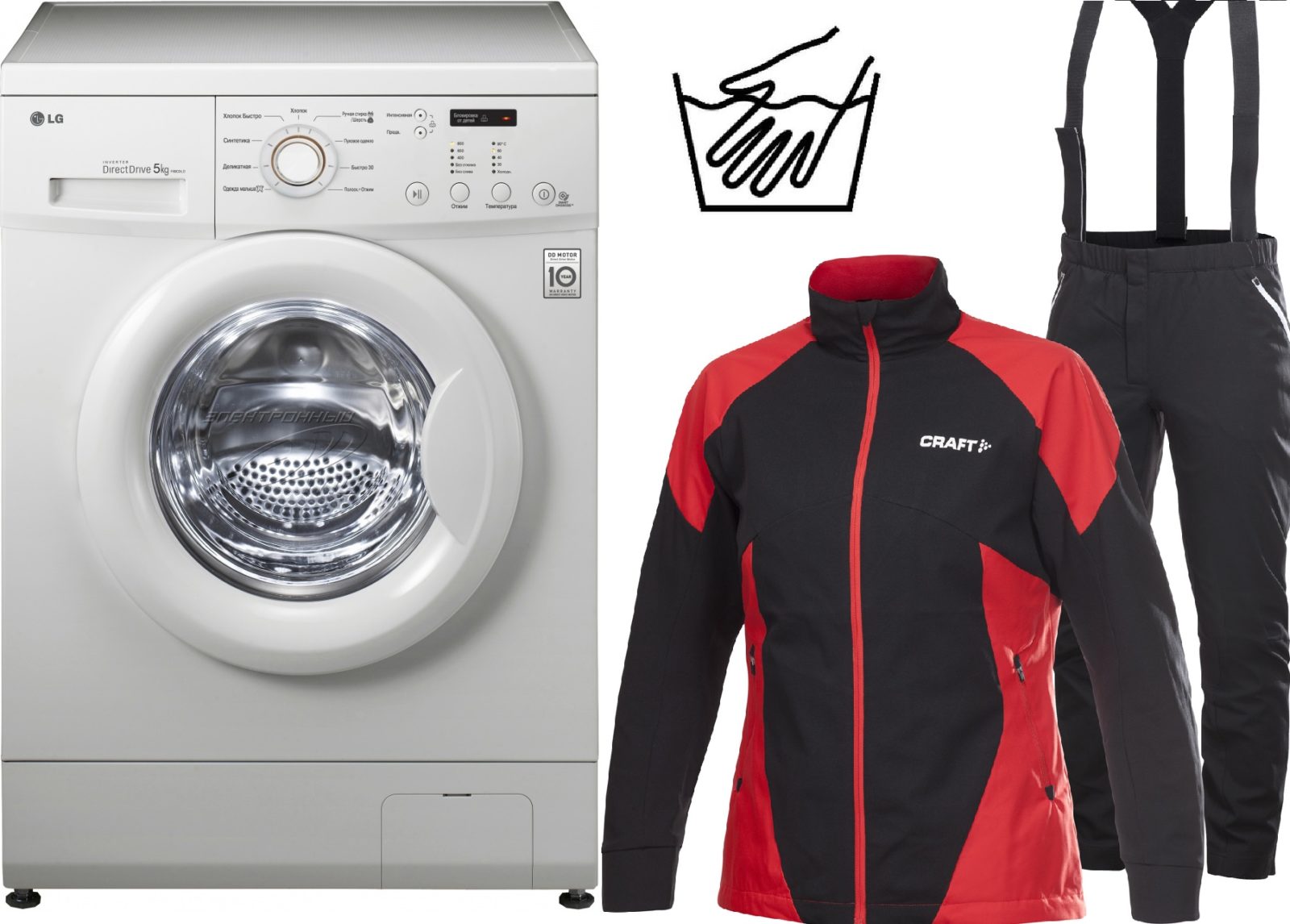

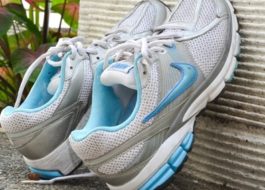














Add a comment